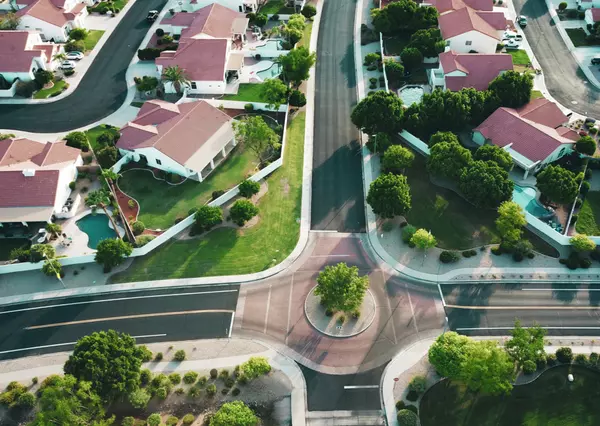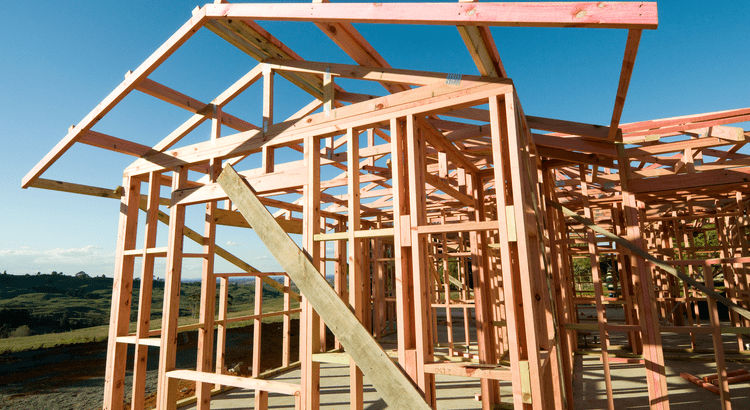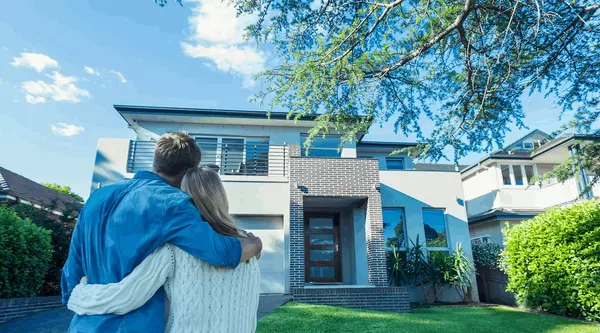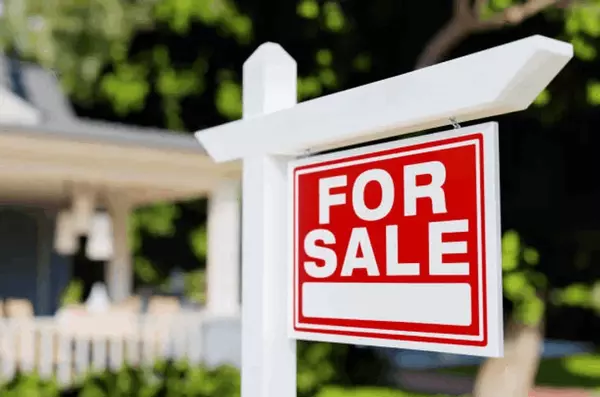How to Sell Your Home for Top Dollar: Expert Advice on Pricing, Marketing Strategies, and Improvements to Increase Your Home’s Value

Selling a home can be one of the most significant financial transactions in your life. Achieving top dollar requires careful planning, expert strategies, and attention to detail. From setting the right price to making the right improvements, every step plays a critical role in maximizing your home’s value. In this guide, we’ll cover everything you need to know to sell your home for the highest possible price.
1. Pricing Your Home Correctly
Understanding Market Value
The first step to selling your home for top dollar is pricing it right. Overpricing can scare off potential buyers, while underpricing might leave money on the table. Market value is determined by what buyers are willing to pay, which depends on factors like location, size, condition, and comparable sales in the area.
Comparative Market Analysis (CMA)
A CMA is an essential tool for determining the right price for your home. A real estate agent can analyze recent sales of similar homes in your neighborhood, considering factors such as square footage, number of bedrooms and bathrooms, and special features. This analysis helps set a competitive price that attracts buyers while leaving room for negotiation.
The Dangers of Overpricing
Overpricing your home can lead to extended time on the market, which can create a negative perception among buyers. Homes that linger on the market often require price reductions, which may make buyers wonder if something is wrong with the property.
Strategic Pricing Tips
-
Set an attractive price point: A slightly lower price can generate multiple offers, creating a bidding war.
-
Consider psychological pricing: Listing at $399,000 instead of $400,000 can make your home appear more affordable.
-
Monitor market trends: Be aware of local market conditions, such as seasonal demand and interest rates, to adjust your pricing strategy.
2. Enhancing Curb Appeal
First Impressions Matter
The exterior of your home is the first thing buyers see. A well-maintained and attractive exterior can set the tone for the rest of the viewing experience.
Landscaping
-
Trim bushes and trees: Ensure that plants are neat and not obstructing windows or walkways.
-
Add color: Use flowers or potted plants to create a welcoming entrance.
-
Maintain the lawn: Keep the grass mowed, edged, and free of weeds.
Exterior Upgrades
-
Paint the front door: A fresh coat of paint in a bold, inviting color can make your home stand out.
-
Upgrade lighting: Replace outdated fixtures with modern, energy-efficient options.
-
Clean or replace the mailbox: Small details like a clean mailbox can enhance the overall appearance.
3. Staging Your Home
Declutter and Depersonalize
Buyers need to envision themselves living in your home. Declutter each room and remove personal items like family photos and memorabilia.
Furniture Arrangement
-
Maximize space: Arrange furniture to make rooms look larger and more functional.
-
Highlight key features: Position furniture to draw attention to focal points, such as fireplaces or large windows.
Professional Staging
Hiring a professional stager can provide an edge in competitive markets. Stagers have expertise in creating appealing layouts and using decor to enhance a home’s best features.
4. Making Smart Home Improvements
Focus on High-ROI Upgrades
Not all renovations yield the same return on investment. Focus on improvements that add the most value:
-
Kitchen: Update appliances, replace countertops, and refresh cabinetry with new hardware or paint.
-
Bathrooms: Install new fixtures, re-grout tiles, and add modern vanities.
-
Paint: A fresh coat of neutral paint can make your home feel clean and modern.
Energy Efficiency
Energy-efficient upgrades, such as new windows, insulation, or solar panels, can appeal to environmentally conscious buyers and lower utility costs.
Avoid Over-Improving
While improvements can increase your home’s value, over-improving beyond what’s typical for your neighborhood may not yield a high return. Work with your agent to determine which upgrades make sense.
5. Professional Photography and Marketing
High-Quality Photos
Professional photos are crucial for online listings. Most buyers begin their search online, and high-quality images can make your home stand out.
Virtual Tours and Videos
Incorporate virtual tours or video walkthroughs to give buyers a realistic sense of the space. This is especially important for out-of-town buyers.
Online Listings
-
Write compelling descriptions: Highlight unique features, recent upgrades, and neighborhood amenities.
-
Use multiple platforms: List your home on popular real estate websites, social media, and your agent’s website.
Social Media Marketing
Leverage social media to reach a broader audience. Share posts, create ads, and use local hashtags to target potential buyers in your area.
6. Partnering with a Real Estate Agent
Expertise and Experience
A skilled real estate agent can provide invaluable guidance throughout the selling process. They have knowledge of the local market, negotiation skills, and access to a network of buyers and professionals.
Setting the Right Price
Agents use their expertise and tools like CMAs to help you price your home competitively.
Handling Negotiations
Negotiating with buyers can be challenging. An agent acts as your advocate, ensuring you get the best possible terms and price.
7. Hosting Open Houses and Showings
Preparing for Showings
-
Keep your home clean: Regularly clean and declutter to maintain a show-ready appearance.
-
Stage for success: Ensure that each room is well-lit and inviting.
-
Be flexible: Accommodate buyers’ schedules to maximize showings.
Creating a Welcoming Atmosphere
-
Use scents: Light candles or bake cookies to create a pleasant aroma.
-
Provide information: Leave brochures or flyers with details about the property.
Virtual Open Houses
For buyers who can’t attend in person, virtual open houses provide an alternative way to showcase your home.
8. Understanding the Closing Process
Accepting an Offer
Once you receive offers, review them carefully with your agent. Consider not only the price but also contingencies, closing timelines, and financing terms.
Inspections and Appraisals
Buyers typically request a home inspection and appraisal. Address any issues that arise promptly to avoid delays.
Final Steps
-
Prepare for closing: Gather necessary documents and ensure your home is empty and clean.
-
Celebrate your sale: Once the transaction is complete, you can move forward with confidence knowing you achieved top dollar.
Conclusion
Selling your home for top dollar requires a strategic approach that combines accurate pricing, thoughtful preparation, and effective marketing. By following these expert tips, you can maximize your home’s value and attract motivated buyers. Partnering with an experienced real estate agent can further enhance your chances of success, ensuring a smooth and profitable selling experience. With the right steps, you’ll not only sell your home quickly but also achieve the highest possible return on your investment.
Categories
Recent Posts











